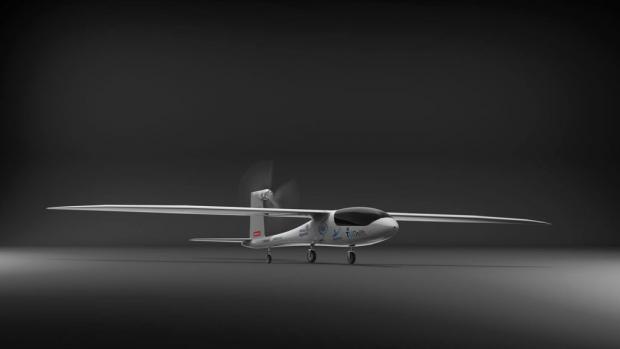
Breaking News
6.8 SPC vs. 300 Blackout: Powering Up the AR Platform
 Autism Study By McCullough Foundation Begins New Era of Free Scientific Inquiry
Autism Study By McCullough Foundation Begins New Era of Free Scientific Inquiry
 REVOLUTION DAY 8: Libertarians JOIN The Revolution
REVOLUTION DAY 8: Libertarians JOIN The Revolution
 US Government and Westinghouse $80bn Nuclear Reactor Deal
US Government and Westinghouse $80bn Nuclear Reactor Deal
Top Tech News
 Graphene Dream Becomes a Reality as Miracle Material Enters Production for Better Chips, Batteries
Graphene Dream Becomes a Reality as Miracle Material Enters Production for Better Chips, Batteries
 Virtual Fencing May Allow Thousands More Cattle to Be Ranched on Land Rather Than in Barns
Virtual Fencing May Allow Thousands More Cattle to Be Ranched on Land Rather Than in Barns
 Prominent Personalities Sign Letter Seeking Ban On 'Development Of Superintelligence'
Prominent Personalities Sign Letter Seeking Ban On 'Development Of Superintelligence'
 Why 'Mirror Life' Is Causing Some Genetic Scientists To Freak Out
Why 'Mirror Life' Is Causing Some Genetic Scientists To Freak Out
 Retina e-paper promises screens 'visually indistinguishable from reality'
Retina e-paper promises screens 'visually indistinguishable from reality'
 Scientists baffled as interstellar visitor appears to reverse thrust before vanishing behind the sun
Scientists baffled as interstellar visitor appears to reverse thrust before vanishing behind the sun
 Future of Satellite of Direct to Cellphone
Future of Satellite of Direct to Cellphone
 Amazon goes nuclear with new modular reactor plant
Amazon goes nuclear with new modular reactor plant
 China Is Making 800-Mile EV Batteries. Here's Why America Can't Have Them
China Is Making 800-Mile EV Batteries. Here's Why America Can't Have Them
AeroDelft's Phoenix rising as the world's first liquid-hydrogen aircraft

But the biggest planes are the biggest emitters, and to eliminate emissions from long-range airliners, compressed gas hydrogen systems – which offer about half the range of an equivalent jet fuel powertrain – will never be able to do the trick. For that, we're going to need liquid hydrogen systems.
Liquid hydrogen systems can store upwards of three times the energy by weight of a gaseous system, meaning that a large-scale liquid hydrogen airliner could conceivably fly farther than today's fossil burners.
It's not quite that simple. Liquid hydrogen has terrific energy density by weight, but terrible density by volume, so you'd need to design your aircraft with significantly more fuel storage space and potentially deal with additional drag as a result. But it may be one of the only clean fuel technologies that can get zero-emission intercontinental airliners into mainstream use in the medium term.
All of which makes this pioneering work from AeroDelft very exciting indeed. A team of 44 students from TU Delft in the Netherlands has been beavering away on the "world's first liquid hydrogen fuel cell aircraft," and has now presented a 1/3-scale prototype that is scheduled for its first public flight this July.
The Phoenix will be a hydrogen-retrofitted version of the two-seat e-Genius electric glider, developed at the University of Stuttgart and first flown in 2011. The e-Genius has flown over 400 km (250 miles) in its record-breaking history on battery power alone. It can get around 1,000 km (620 miles) using a petrol-powered range extender. The full-sized Phoenix will carry 10 kg of liquid hydrogen, with an estimated range of 2,000 km (1,240 miles) and an endurance up to 10 hours in the air.

 China Innovates: Transforming Sand into Paper
China Innovates: Transforming Sand into Paper

